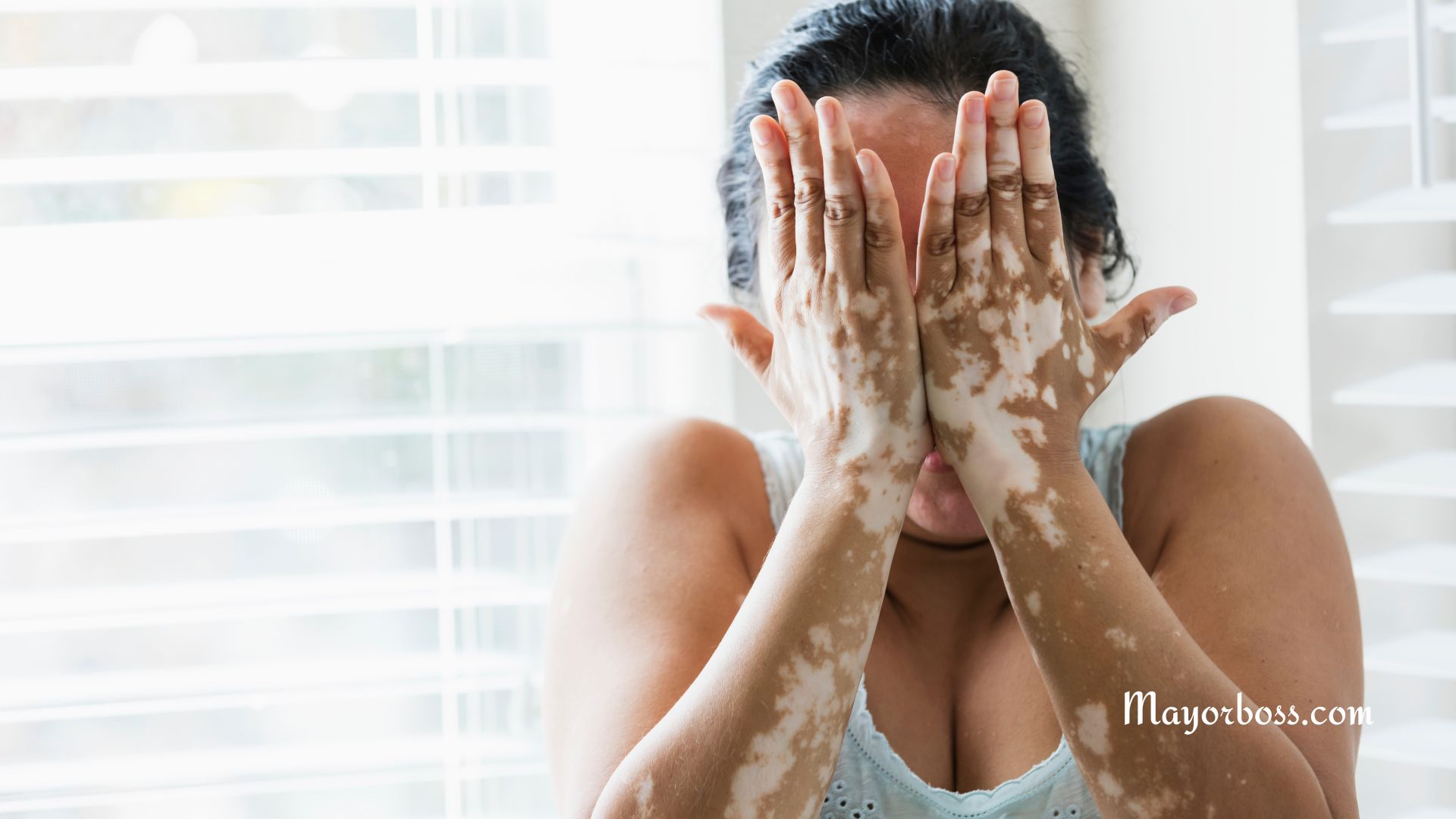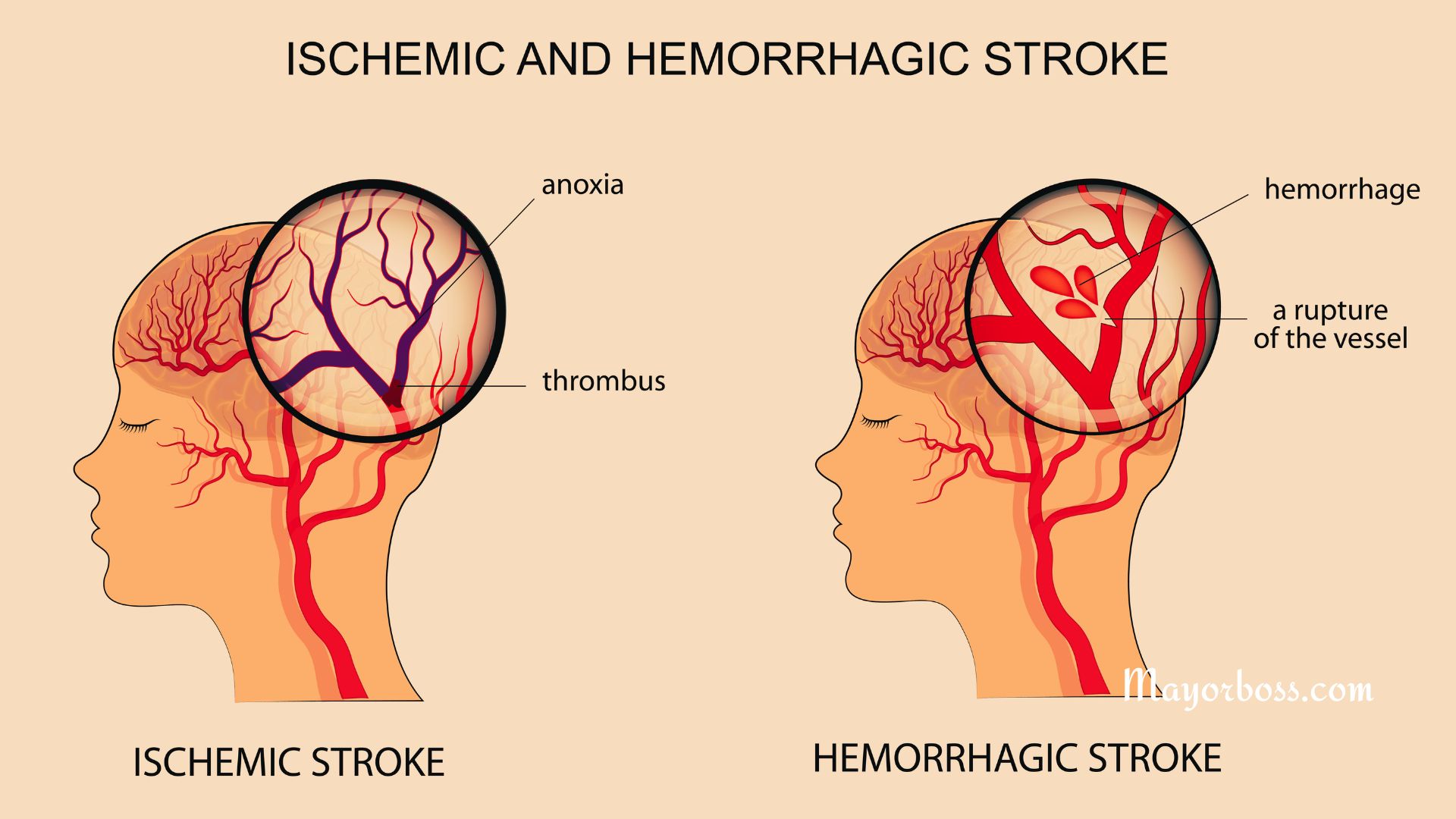What is Vitiligo?
What is vitiligo? Vitiligo is a skin condition characterized by the loss of pigment, resulting in irregular white patches on the skin. While generally harmless, it can significantly affect a person’s quality of life due to its appearance. Conditions like autoimmune diseases, oxidative stress, and even emotional stress can contribute to vitiligo.
The Fundamentals: What Exactly is Vitiligo?
So, you notice some white patches on your skin and wonder what’s going on. It might be vitiligo. This skin condition causes areas of your skin to lose their natural color. Though the root cause isn’t completely clear, it’s believed to occur when the cells responsible for skin pigment (called melanocytes) are destroyed or stop functioning.

The Impact: Is Vitiligo Harmful?
No, vitiligo isn’t harmful in the sense that it won’t cause you physical pain or lead to other medical conditions. However, it can have a psychological impact. For many people, the change in appearance can affect their self-esteem and emotional well-being.
Triggers: What Causes Vitiligo to Develop?
Autoimmune Conditions
One theory suggests that vitiligo could be an autoimmune condition. In cases like this, your immune system mistakenly attacks the melanocytes. According to the National Institutes of Health, individuals with other autoimmune conditions like Addison’s disease, psoriasis, Type 1 diabetes, rheumatoid arthritis, Systemic lupus erythematosus, and Thyroid disease might be at a higher risk.
Oxidative Stress
Another contributing factor could be oxidative stress, which is an imbalance between free radicals and antioxidants in the body. This imbalance can damage cells, including melanocytes, thereby promoting the onset of vitiligo.
Emotional Stress
Believe it or not, emotional stress has been reported to trigger vitiligo in some cases. When you’re stressed, your body releases chemicals that might be detrimental to melanocytes.
Genetic Factors
If someone in your family has vitiligo, chances are higher that you could develop it as well. However, it’s essential to note that most people with a family history of vitiligo don’t actually get the condition.
Symptoms: What Does Vitiligo Look Like?

White Patches
The most common symptom is white patches on the skin. These patches can appear anywhere but are most frequently found on areas exposed to the sun, like your face and hands.
Premature Graying
In people with vitiligo, you might also notice premature graying of the hair, including eyelashes and eyebrows.
Color Changes in Mucous Membranes
Examples of this include a loss of color inside the mouth or in the genital area.
How Does Vitiligo Manifest?
When you first notice vitiligo, it usually starts as small, lighter patches on your skin. These patches can grow or multiply over time.
On the Face
Areas around the mouth and eyes are commonly affected. These patches can be more noticeable due to the contrast with your natural skin tone.
On the Hands and Feet
Fingers and wrists are also typical areas where you might see vitiligo patches appear.
Random Distribution
There’s no set pattern for where vitiligo will show up. It can literally appear anywhere on your body.
Diagnosis: What to Expect
If you suspect you have vitiligo, a healthcare provider will generally examine your skin and might perform a biopsy. A biopsy involves taking a small skin sample to examine under a microscope.
Blood Tests
Sometimes, blood tests are also done to rule out other conditions. For example, in people with thyroid issues, skin discoloration can also occur.
Wood’s Lamp Examination
In some cases, a Wood lamp (a type of ultraviolet light) can be used to confirm the diagnosis. The affected skin will glow under this special light.
Treatment Options: Can You Treat Vitiligo?
Topical Creams
You can apply topical creams that aim to restore color. These creams often contain corticosteroids or calcineurin inhibitors.
Phototherapy
Another option is phototherapy, which involves exposing the skin to UVB light to stimulate melanocytes.
Tattooing
Some people opt for tattooing to match the white patches to their natural skin color. However, this is usually recommended for small areas and might require touch-ups over time.
Lifestyle Changes
Reducing stress and eating a balanced diet rich in antioxidants may also help manage the symptoms. In people with vitiligo, a stress-free lifestyle can make a notable difference.
Are There Complications?
Vitiligo itself is not dangerous, but it does make your skin more sensitive to the sun. Therefore, it’s crucial to use sunscreen to prevent sunburn.
Social and Emotional
The change in appearance can lead to self-esteem issues or even depression. Hence, emotional support is important.
Vision Issues
Although rare, some people with vitiligo experience changes in the coloring of the retina. However, this is not common and usually does not affect vision.
In summary, vitiligo is a complex condition influenced by multiple factors. While it’s not harmful physically, its emotional toll can be significant. Treatments are available, but they’re not one-size-fits-all. Always consult a healthcare provider for advice.
Frequently Asked Questions
Is Vitiligo Contagious?
Absolutely not. You can’t catch vitiligo from someone else through physical contact, sharing objects, or any other means. It’s a condition related to the immune system and genetics, not an infectious disease.
Can Vitiligo Be Cured?
Unfortunately, there’s no known cure for vitiligo. However, various treatment options can help manage the symptoms and even restore some color to the affected skin areas. Topical treatments, light therapy, and even cosmetic options are available for those who wish to address the visual aspect of the condition.
What Foods Should I Avoid if I Have Vitiligo?
There’s no definitive list of foods to avoid, as vitiligo is not directly caused by diet. However, some people report that foods rich in antioxidants, like fruits and vegetables, may help manage symptoms.
Does Stress Trigger Vitiligo?
Stress can’t be definitively blamed for causing vitiligo, but it may act as a trigger in some cases. Chronic stress affects the immune system, which is implicated in the onset of vitiligo. So, while stress alone won’t cause vitiligo, managing stress through techniques like meditation or exercise may help control its spread.
Can I Use Makeup to Cover Vitiligo Patches?
Yes, you can use makeup to cover vitiligo patches. Various cosmetic options, like concealers and foundation, can help camouflage the affected areas. Additionally, there are specialized products designed for covering vitiligo patches. Just make sure to test any product on a small area of skin first to ensure it doesn’t cause irritation.
Further Reading: Leucoderma: White Around the Eyes?






